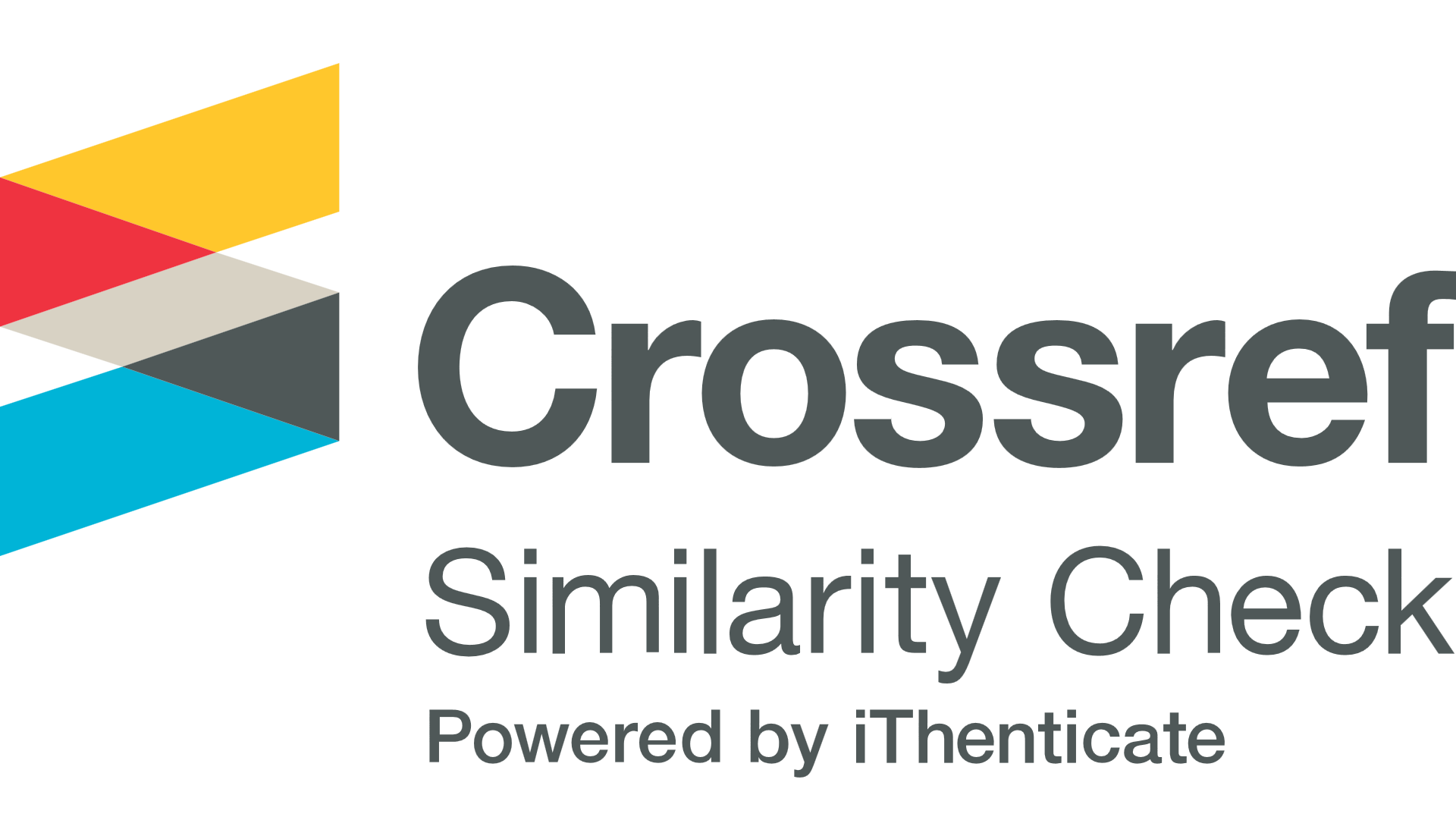Anion Gap and Electrolytes Disturbance in Iraqi Children With Celiac Disease
Abstract
Background:Celiac disease is a genetic autoimmune disorder; children with celiac disease may have malabsorption, electrolytes and acid-base disturbance. Electrolytes like ( Sodium, Potassium, and Chloride) have an essential role in maintaining blood pressure. At the same time,bicarbonate and anion gap are the best ways to measure the body's acid-base balance.Objective:The study aims to measure electrolytes (Sodium, Potassium,and Chloride) to determine the electrolyte disturbance and to measure the Bicarbonate and anion gap to determine the acid-base imbalance in the celiac disease group compared to the control group.Methods:Fifty children have been included in this study ( twenty untreated celiac disease and thirty control children). Three milliliters of venous blood samples were taken, Gold-top serum separator tubes were used to obtain the serum, then Sodium, Potassium, Chloride, and Bicarbonate were measured by kinetic method, and the anion gap was calculated using the equation:Anion gap=[ (Sodium +Potassium) (Chloride +Bicarbonate)]Results: Patients with untreated celiac disease suffer from severe hyponatremia with mild hypochloremia (p values < 0.001, 0.023 ), respectively. However,neither Potassium andBicarbonate concentrations nor the Anion gap have been affected.Conclusions: Acid-base imbalance and electrolyte disturbance didnt usually occur in children with celiac disease who suffer from mild symptoms, while Sodium and Chloride concentrations decreased due to their loss through diarrhea.





